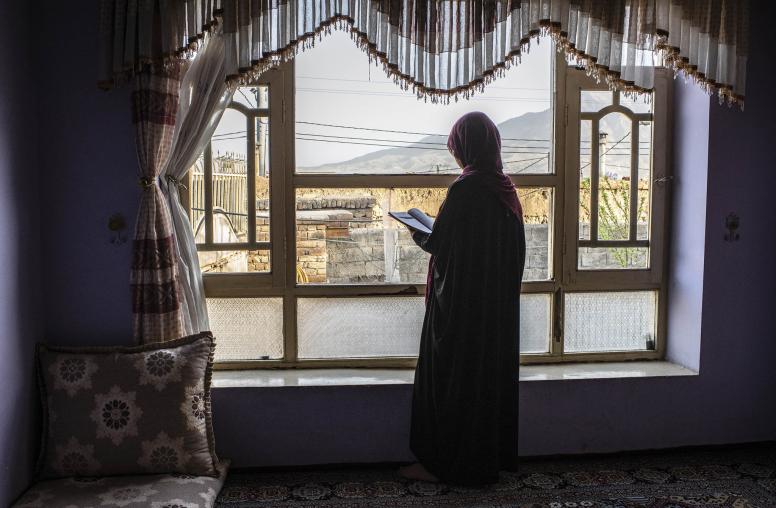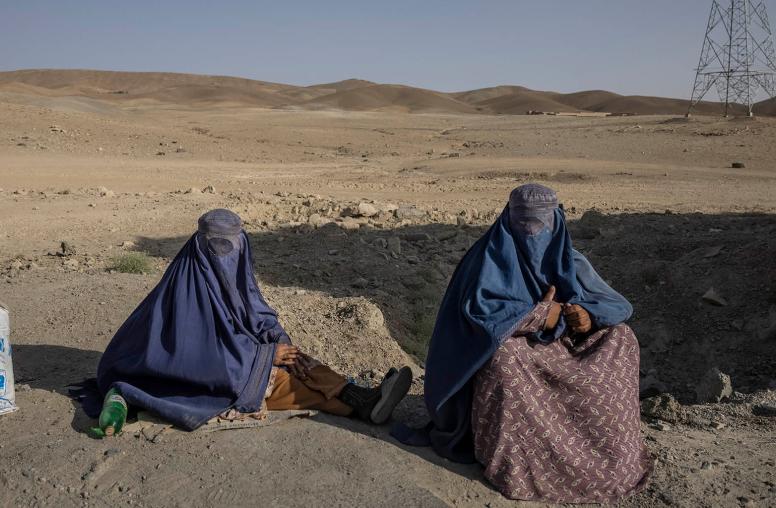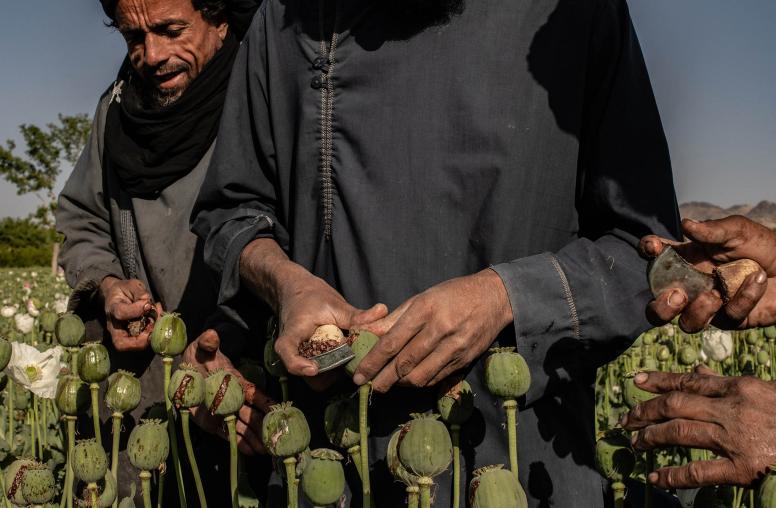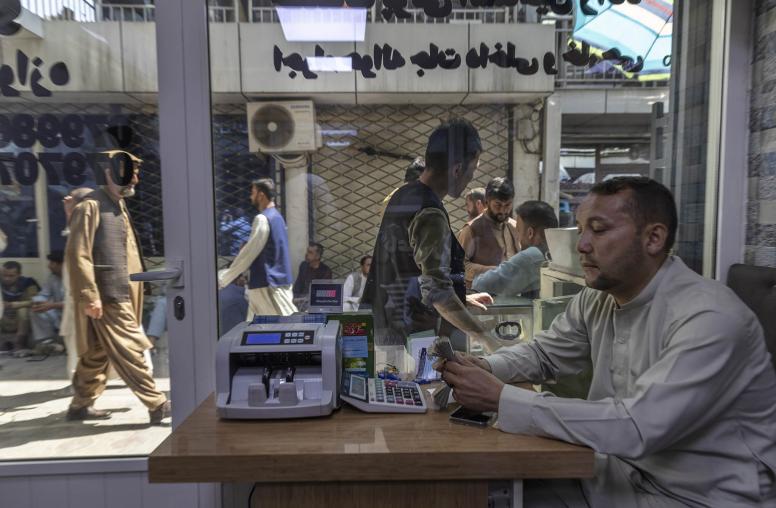Even in Afghanistan, a country that has seen four decades of bloodshed and destruction, the ravages of a relatively small contingent of the so-called “Islamic State” extremist group have been shocking: Men, women and children beheaded, individuals blown up with explosives strapped to their bodies, children indoctrinated to commit atrocities. So the U.S. military’s “Mother of All Bombs” dropped onto a remote warren of ISIS tunnels and caves was welcomed in some quarters. But there is more that the Afghan government and the U.S. can do to reduce the frustration and despair that drives so many, especially the young, into the radical fold.

The April 13 U.S. strike with a GBU-43 Massive Ordinance Air Blast (MOAB) device, nicknamed the “Mother of All Bombs,” was the first combat use of the military’s biggest non-nuclear bomb, and drew attention to the small but stubborn presence of ISIS in Afghanistan.
Some research has put the number of ISIS fighters in Afghanistan as high as 8,500 in early 2016. But a combination of Taliban offensives and U.S. military drone strikes have decimated ISIS ranks to possible around 700. The Taliban, on the other hand, has an estimated 40,000 fighters who control one third of the country.
Local leaders I’ve spoken with since the MOAB bombing confirmed U.S. government accounts that no civilians appear to have been killed. As I spoke with acquaintances in the area of the bombing in the Achin district of Nangarhar Province, I repeatedly heard a similar message: The U.S. military should use the mother, father and sons of all bombs, if that’s what it takes to get rid of ISIS in the area and enable residents to return to their homes.
But the presence of ISIS is closely connected with the ongoing Taliban insurgency against the Afghan government. ISIS exploited local grievances and took advantage of weak local governance to establish a foothold.
After the bombing, some Afghans expressed disdain that the U.S. appears to be escalating its military activities to address what is really a larger political struggle. Former Afghan President Hamid Karzai accused the U.S. of using Afghanistan as a weapons testing ground.
To provide reassurance, the Afghan government and the U.S. should share evidence with the population as soon as possible that the MOAB had a significant effect against ISIS while also avoiding civilian casualties. And the U.S. should move quickly on its Afghanistan strategy review and assure Afghan leaders and their neighbors that it takes the region’s future seriously and will stay engaged.
To move back on track, the US should focus on how best to calibrate a political strategy that helps the Afghan government win popular support to negotiate a sustainable peace. That will send a message to the Afghan people more spectacular than any bomb.



